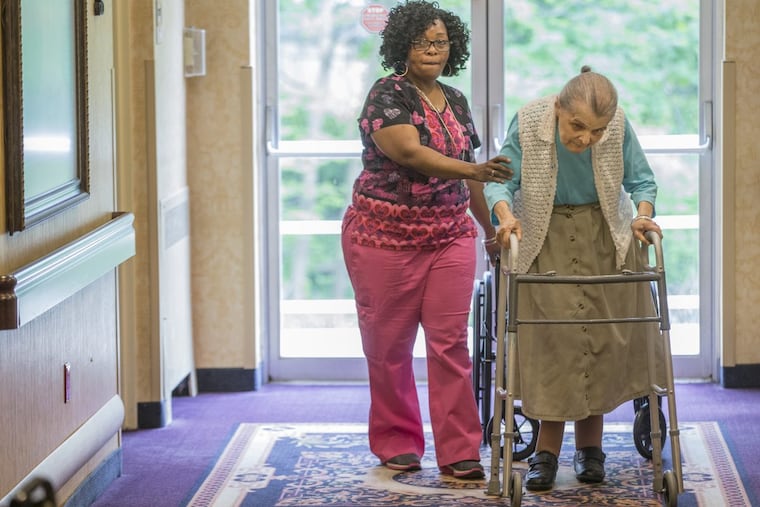The nursing gap in nursing homes
Staffing levels vary widely at Philadelphia-area nursing homes. Critics say owners go light on staffing to save money, but owners say they staff appropriately for the varied needs of their facilities.

Staffing levels vary widely at Philadelphia-area nursing homes. Critics say owners go light on staffing to save money, but owners say they staff appropriately for the varied needs of their facilities.
